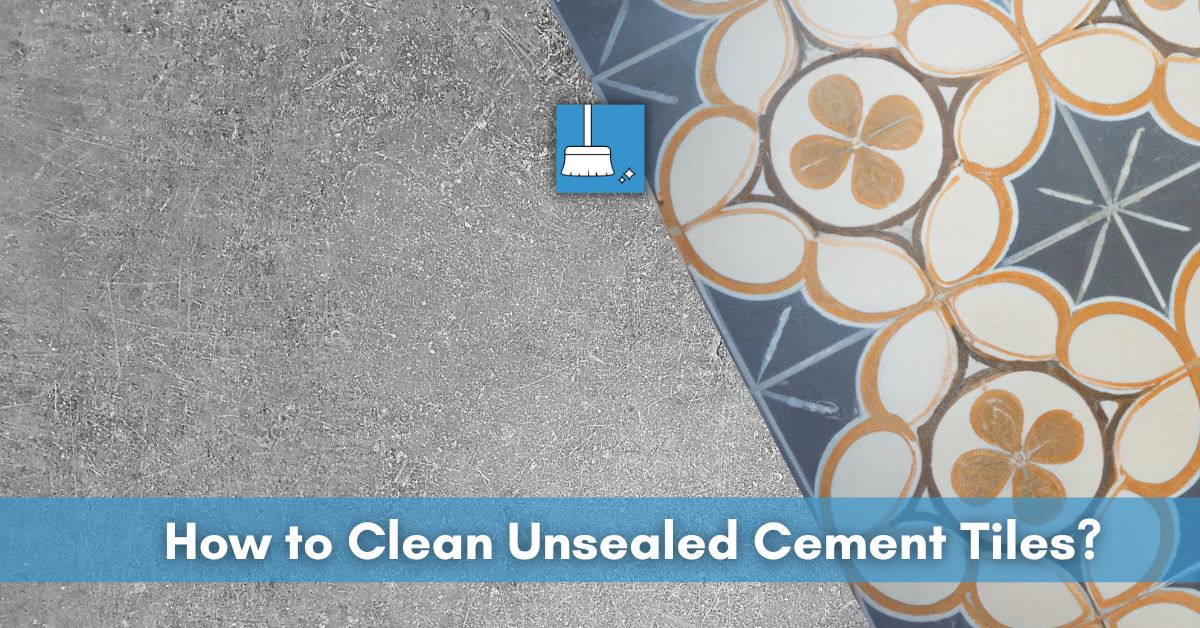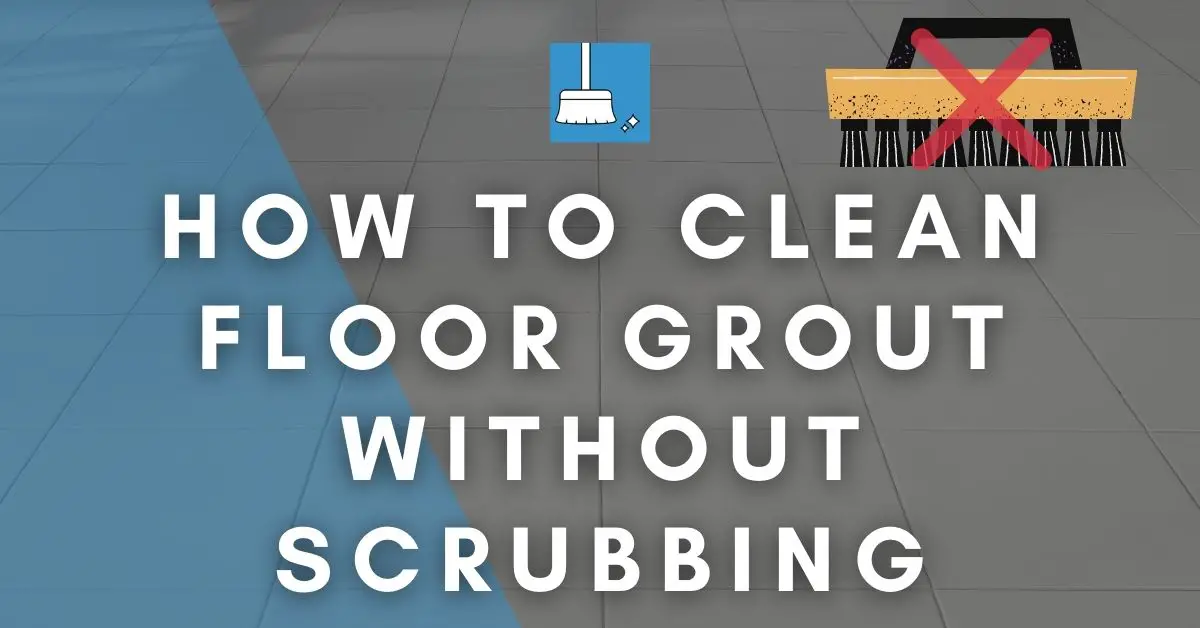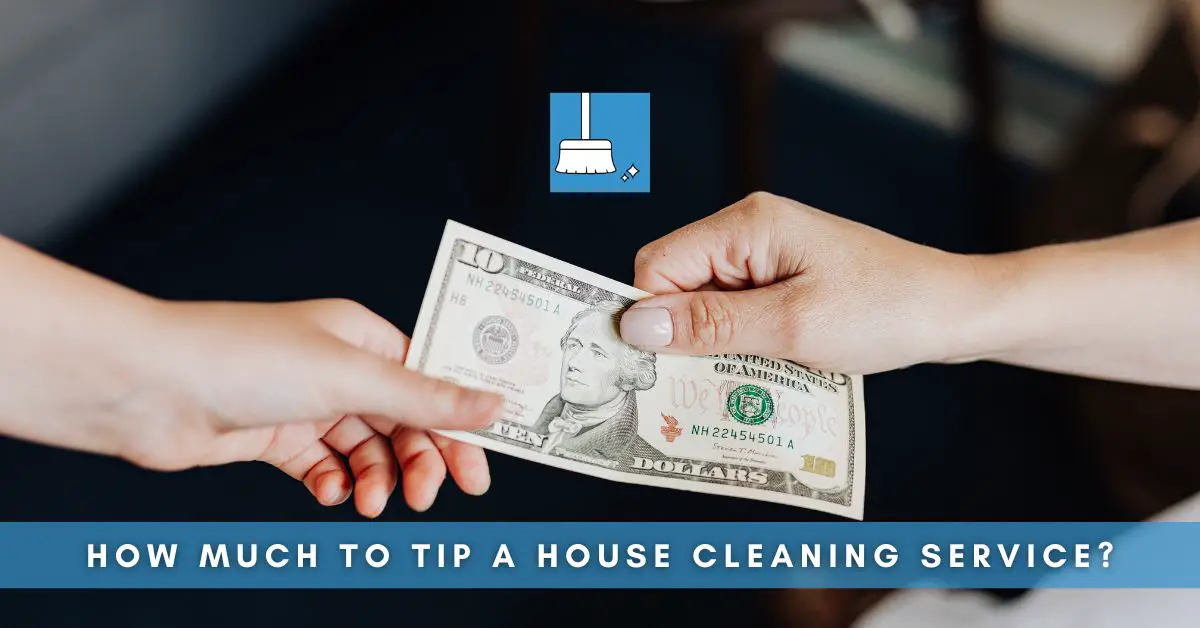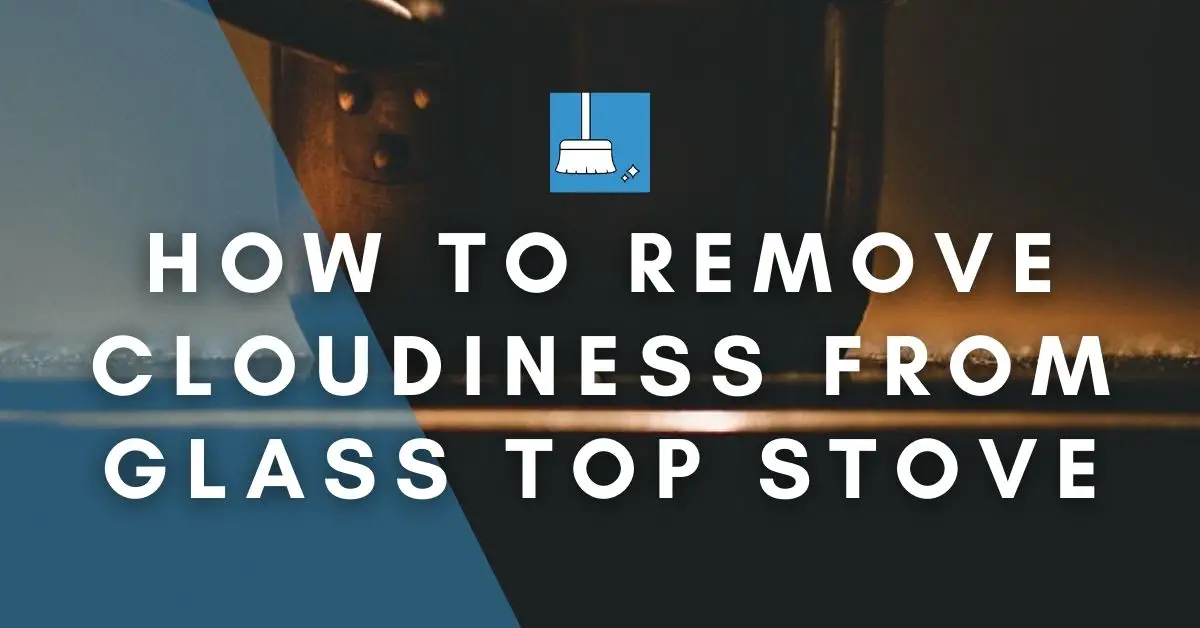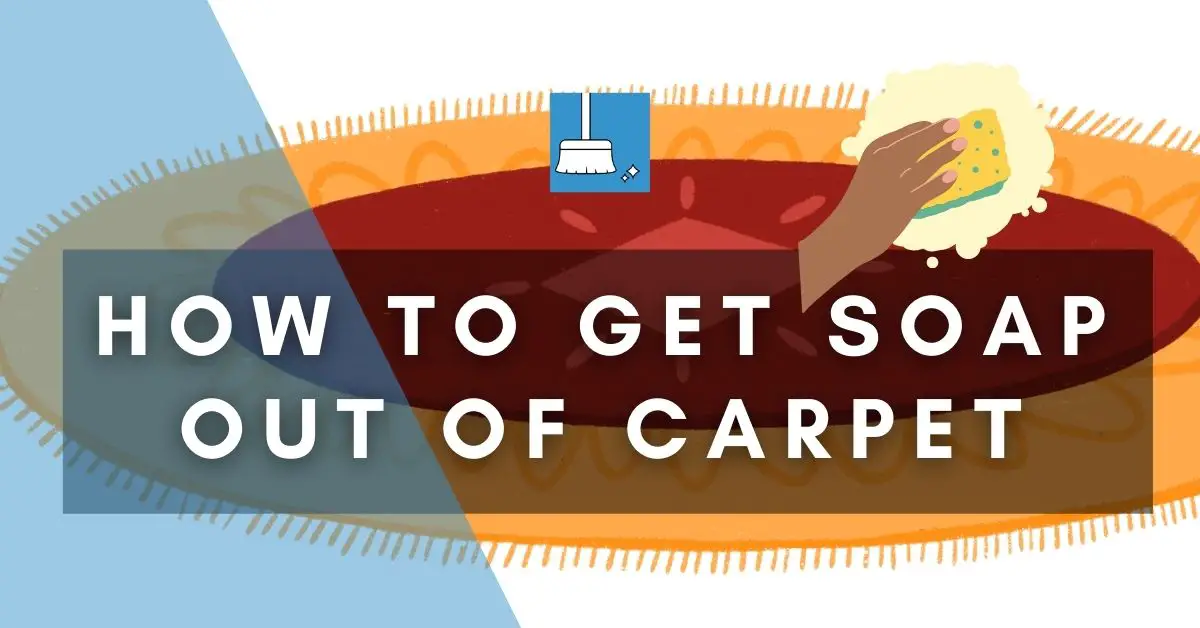Unsealed cement tiles can be simple concrete-like tiles or encaustic tiles. Concrete-like cement tiles are mostly seen in places where accidents are likely to happen. Garage, porches, basements, and driveways are some of the places where these tiles take on the heavy lifting of foot traffic or rusty tools, or vehicle tire & paint stains. Encaustic tiles are mostly seen indoor living spaces. Let’s see how you can clean these surfaces!
How to Clean Unsealed Cement Tiles?
These kinds of tiles (because not sealed with a sealant) are porous in nature and can soak up oil spills, wine, urine, coffee, sauces, and other fluids. Although not impossible clean, older stains can be a bit of a challenge.
For Regular Cleaning
Unsealed cement tiles can become damp due to various reasons such as moisture in the air, leakages, etc. When they remain damp and dark for long periods of time, they become a breeding ground for mold and mildew.
This can be a potential health risk to the family members.
If you are using Cement tiles in a place where you spend most of your time (such as using the garage as an extended room), these should at least be cleaned once every week to avoid any unnoticed stains getting seeped in.
Otherwise, cleaning once a month is good enough. For neglected places, spring cleaning is a must.
YOU’LL NEED
1- long-handle broom
2- Nylon scrub brush
3- Bucket & Mop
4- Water
According to the stains
– Lemon/s or Vinegar or TSP or Rust remover +Towel + Sponge (For Rust stains)
– Dish Soap & Baking Soda (For general stains)
– 40% Hydrogen Peroxide & Talcum Powder (For Food, Ink, mold & Mildew)
– Fine Grit sandpaper (Optional)
STEPS
STEP 1- Open the windows and doors if the area is not well-ventilated. Basements are one example of such areas.
STEP 2- Remove bigger items such as chairs, tables, etc. from the cement surface. This will clear up the room for easy cleaning.
STEP 3- Using a long-handle broom, brush away the surface dirt and collect it in a dustpan to be disposed of. Start from one of the back corners and work your way to the next one, and keep coming forward. This way, you won’t miss any section of the floor (especially the garage floor).
STEP 4- Now comes the turn of taking off the stains. If you don’t have any stains, you may skip this step.
- Rust or Efflorescence can be taken off by squeezing a lemon or pouring white vinegar on the stain directly and letting it remain for 10 minutes before scrubbing the surface with a nylon brush. Afterward, dab the area with a wet sponge until all the rust is soaked by the sponge. Finally, dry the area with a towel. (Source)
- For more pronounced rust stains, you’ll need a rust remover, or a solution containing oxalic acid, or Trisodium Phosphate in place of lemons/vinegar (above).
- For other general stains, mix 1 cup of dish soap with cups of Baking soda in a bowl of warm water. Use this solution using a scrub brush to scrub the stains.
- For removing Salad dressing-, sauce-, wine-, soda-, ink-, and urine- stains as well as mold and mildew, make a solution of 40% Hydrogen Peroxide with talcum powder and use soak an old soft cotton cloth in this solution. Place the soaked cloth on the stain and press gently. Let it sit for 5 minutes before removing it.
Note: Very old stains that have gone deep inside the unsealed cement cannot be completely removed. However, sanding the surface with a fine grit sandpaper will remove many stubborn ones on the surface.
STEP 4- Finally, mop the area with warm water using a bucket full of clean water and your traditional mop.
STEP 5- It is important to dry the area by turning the fan on (if there is one) or letting the area breathe by opening as many windows and doors as possible.
Optional Step- If you have cement tiles in an indoor environment that has experienced too much foot traffic and has lost their awesome appearance, you may consider refinishing them using fine-grit sandpaper (wet-dry). Simply sand the surface and a new layer from below will appear.
Grout Lines
If your tiles are encaustic tiles, then they will have fine grout lines that would have collected all the dirt. This dirt and grime can be cleaned by using a brush (dipped in warm water) to scrub it.
For Fresh Oil & Grease Spills
YOU’LL NEED
1- Cornmeal or sawdust, or kitty litter
2- Dustpan & putty knife/spatula
3- Broom/Brush
4- Bowl
5- Hot water
6- pH neutral dish soap
7- Stiff-bristled plastic brush
8- Plastic sheet (Optional)
9- Sponge/Rag
10- Mop
STEPS
STEP 1- On a night prior to cleaning your unsealed tile floor, sprinkle cornmeal or sawdust, or kitty litter (if you’re a cat owner, you’ll have this) over the spill (oil or greasy liquid). Be generous in sprinkling as this will absorb most of the oil to be thrown away the next day. So this sprinkled stuff stays overnight on the spill.
STEP 2- Using a dustpan and a putty knife (or a spatula), scrape away the surface greasy sprinkle from the previous night. Then, using a brush or broom, collect the rest of the finer particles on your dustpan until all is removed and only soaked-up cement tile is seen.
STEP 3- Make a solution of a bowl of hot water and 4 tablespoons of Ph-neutral dish soap. Mix it well and pour some on the stained area.
STEP 4- Using a stiff-bristled plastic brush, scrub the surface in circular motions. Slowly keep pouring more soapy solution over the area while you are scrubbing.
Caution: Using a metal bristled brush on cement surfaces can scratch the surface and also leave particles ingrained in the surface which can later combine with moisture to oxidize and rust.
STEP 5- Now, rinse the surface with running water if you happen to have water drainage nearby (to avoid flooding). Before rinsing, you’ll need to cover your drywall (if you’re cleaning your garage) with a plastic sheet while also protecting any electrical outlets.
Otherwise, use a sponge or a rag moistened with clean water to wipe the soapy surface. You’ll need to keep squeezing the sponge/rag and then dampen it with clean water to soak up the soapy water from the cement tile surface completely.
STEP 6- Even after the surface seems to be free of soap, we still need to make sure that all is gone. So, mop the floor with clean water once or twice.
STEP 7- Finally, dry the surface with a clean rag or a towel.
Unsealed Cement Tile Maintenance
1- If your cement tiles are indoors, consider sealing them for easy mopping up of liquid stains and faster drying.
2- If any liquids such as soda, vinegar, wine, etc. are allowed to stay on the cement tile, they may stain the surface in a way that would be hard to deal with (not impossible) later on. So try to remove these stains as soon as you see them.
3- Indoor unsealed cement tiles can be protected from debris scratching them by using entry mats at the entrance.
4- It is best to avoid using acidic cleaners on unsealed cement tiles by removing mineral buildup.

